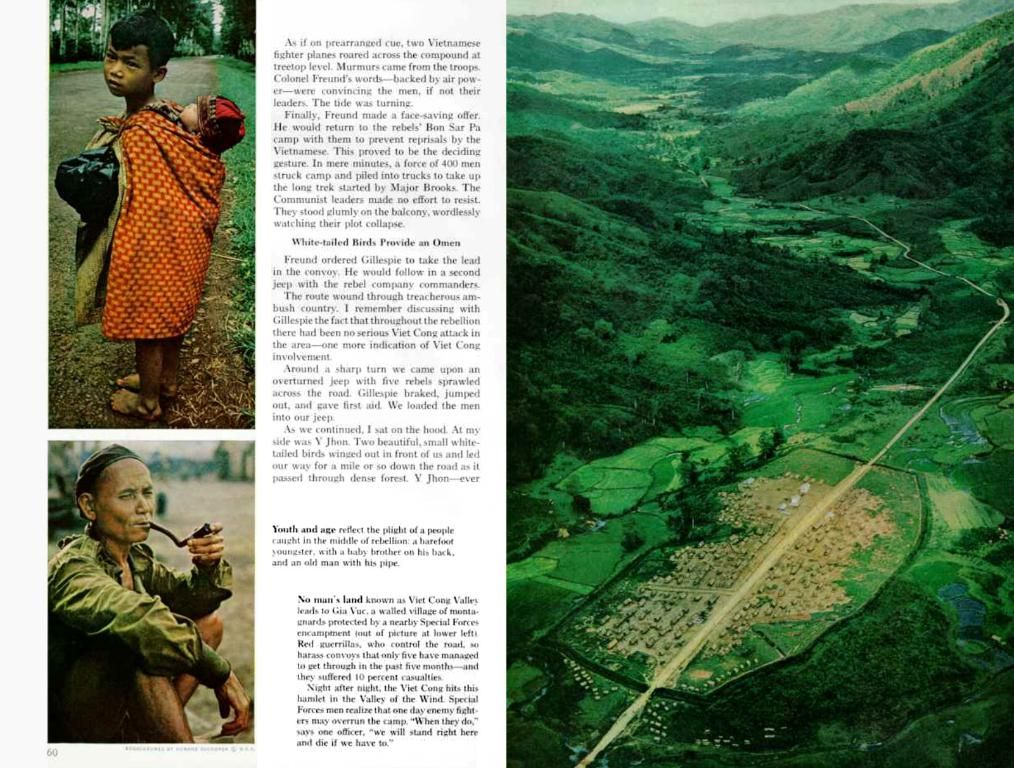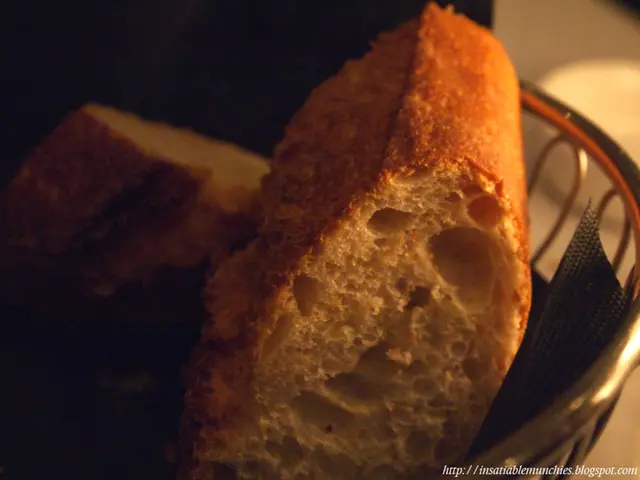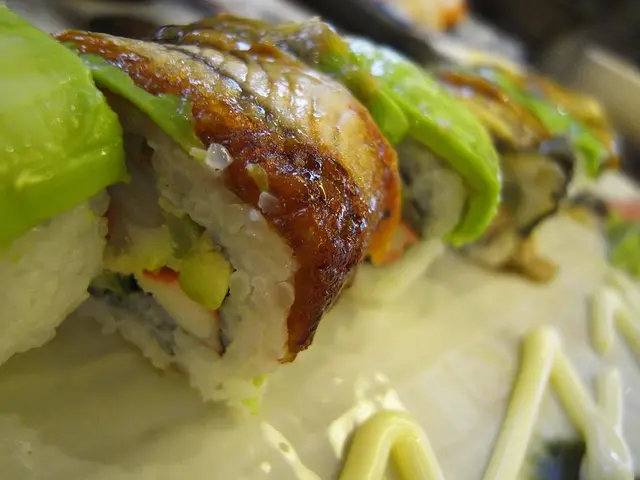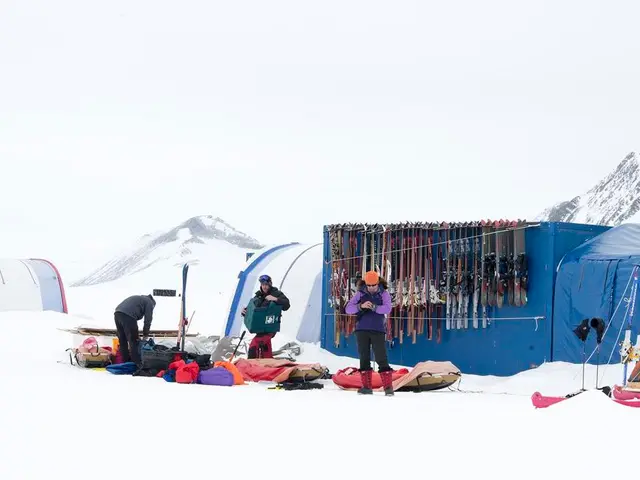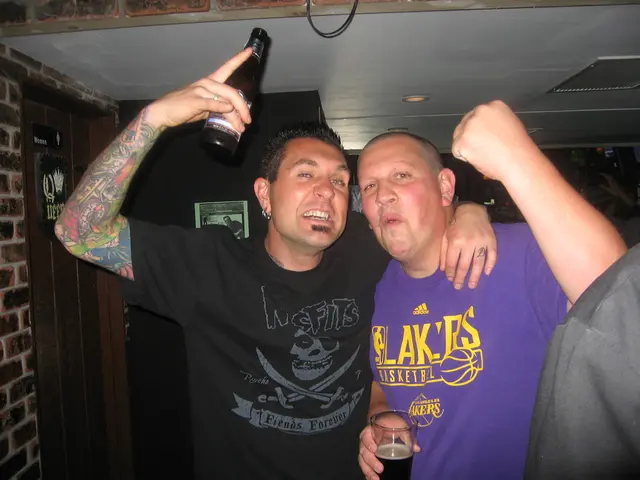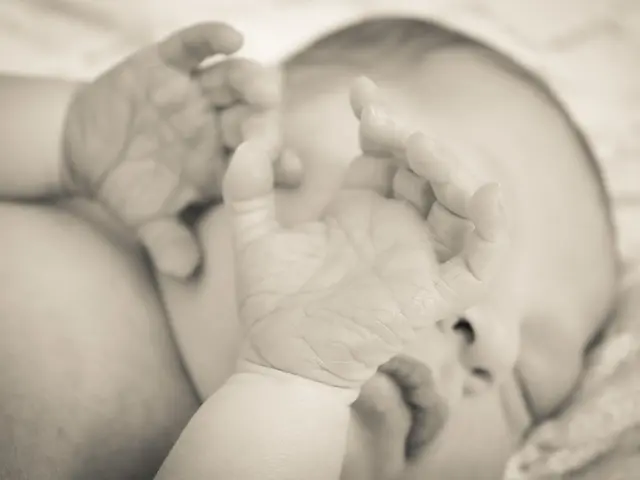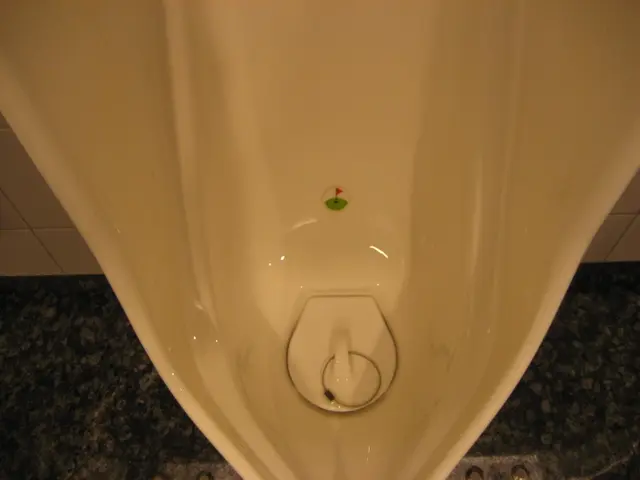Cologne's Much-Awaited Mayfly Comeback, Fueled by Local Kids!
Unveiling blind origami designs along the Rhine - Rhine river witnessing introduction of cornfish larvae by Gorißen
Grab a seat, 'cause things are about to get interesting on the Rhine! NRW's Agriculture Minister Silke Gorißen (CDU) and some adorable elementary school kiddos in Cologne have just released 50,000 little twitchy-tailed mayfly larvae into the river. This joint venture between NRW, Hesse, and Rhineland-Palatinate is all about painting a shared symbol of biodiversity.
In Mayfly speak, "This is peaks! The Rhine's welcome back party for Mother Nature hasn't been this lively since...well, maybe never! The Rhine's getting its groove back with these little wrigglers on the prowl."
The charming mayfly, once thought extinct, now dances back into the Rhine's current rhythm. This European conservation project's mission? To make the mayfly a permanent fixture in the Rhine, once decimated by pollution, among other factors.
According to the ministry, some fish have already swam by, thanks to the project. But bringing back a thriving mayfly clan will take a bit of time. Only a smidgeon of the larvae released will make it to fly time.
Rhine River, Cologne, and Friends
- Cologne – A captivating city tucked along the Rhine River, best known for its metropolitan charm, medieval architecture, and infamous chocolate-y treats.
- Minister of Agriculture – That's Silke Gorißen, a dedicated politician working to ensure the growth and wellbeing of nature in NRW.
- CDU – The longstanding Christian Democratic Union, a major political party in Germany.
- NRW – Short for North Rhine-Westphalia, one of Germany's most populous states, referred to as the heartland of Europe when it comes to industry and affluence.
- Hesse and Rhineland-Palatinate – Two neighboring German states sharing the Rhine's embrace, crucial partners in the mayfly project.
The larvae, belonging to the herring family, grow up to 70 centimeters long and weigh a whopping four kilograms. After their release, they wiggle their way to the sea over the course of the year. In 3 to 8 years, the adult fish return to the river to breed, kicking off the exciting reproduction cycle again.
Over 1.5 million mayfly larvae are expected to be released at various locations along the Rhine and its tributaries this year. Stay tuned for an even more thrilling mayfly adventure!
- The Community policy should emphasize the need for collaboration and cooperation between different regions in Germany, such as NRW, Hesse, and Rhineland-Palatinate, to ensure the success of environmental conservation projects like the mayfly project.
- The Employment policy should support Silke Gorißen, the Minister of Agriculture, in her efforts to foster growth and wellbeing in NRW by providing adequate funding for environmental projects, as well as encouraging the participation of youth in these initiatives.
- The Health-and-wellness policy could promote fitness-and-exercise programs to build resilience and adaptability among mayflies, as they face challenges such as pollution and climate change, in order to improve their chances of survival and reproduction.
- The Science policy should prioritize research on climate change and environmental science to provide insights on how to ensure a healthy and thriving environment for mayflies and other species along the Rhine.
- The Environmental-science policy should focus on identifying effective strategies to reduce pollution in the Rhine and work towards creating a cleaner and more sustainable environment, ensuring the long-term survival and growth of mayfly populations.
